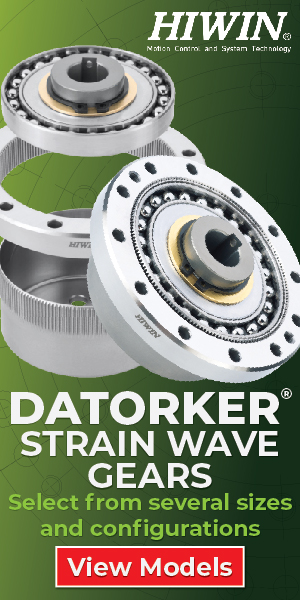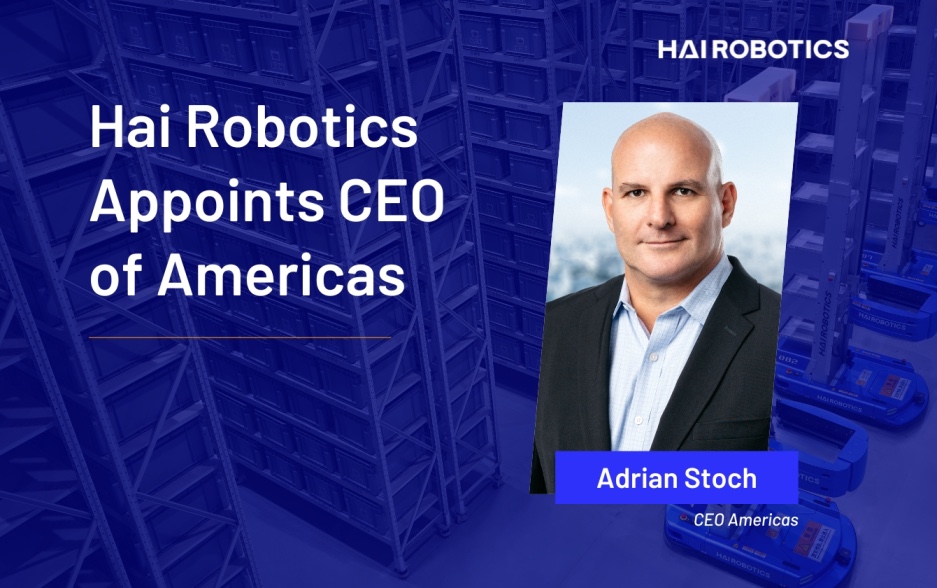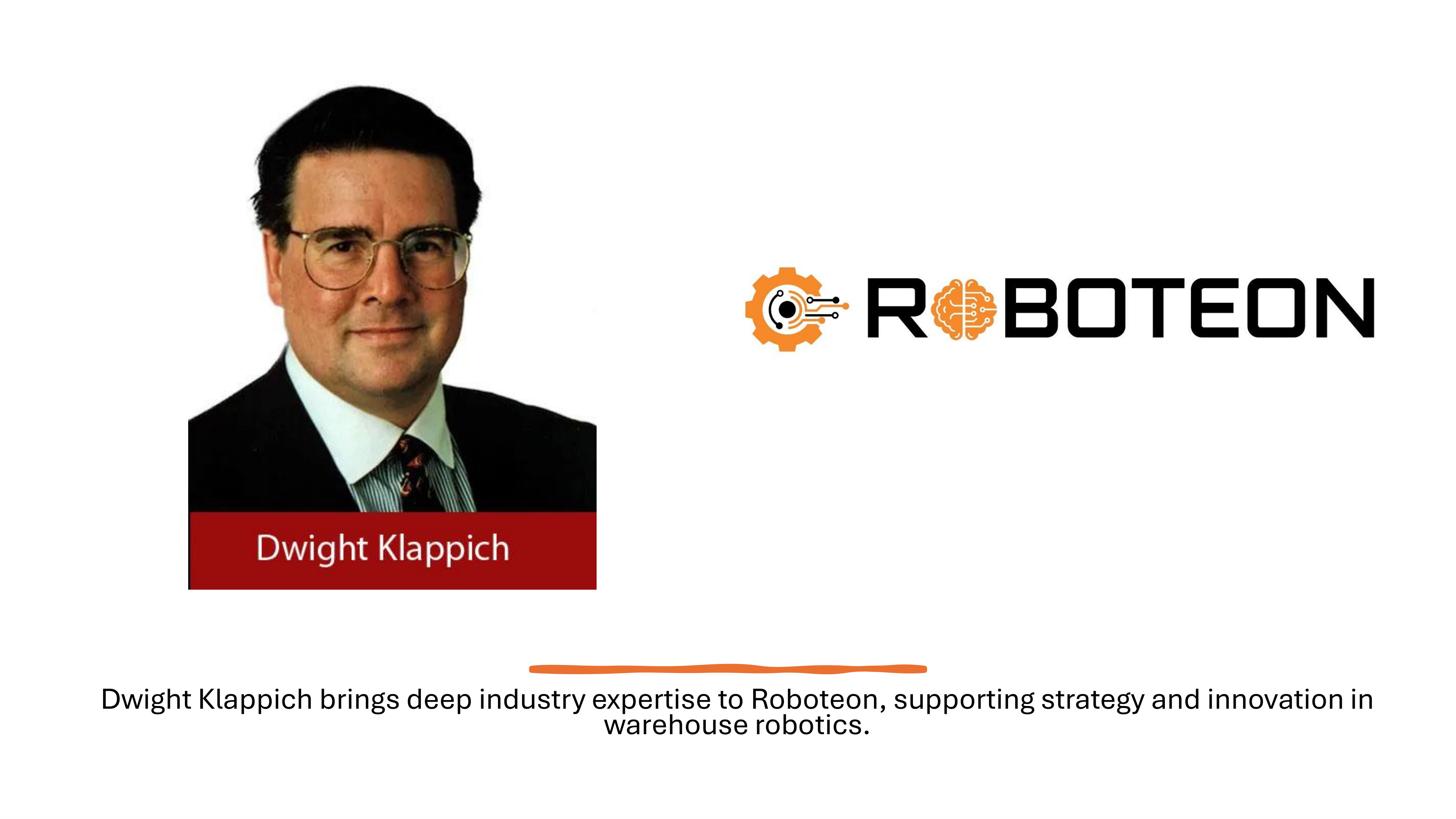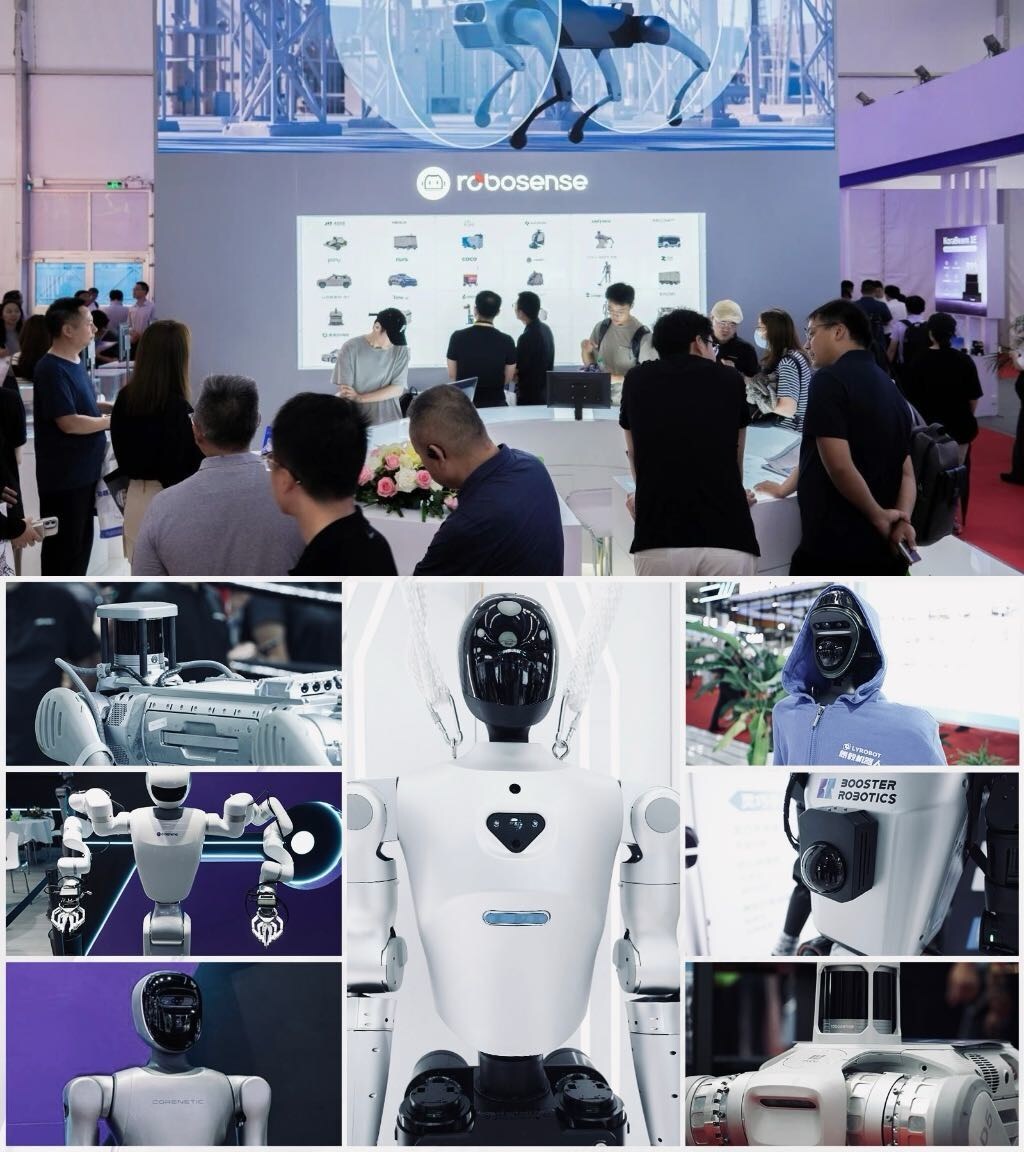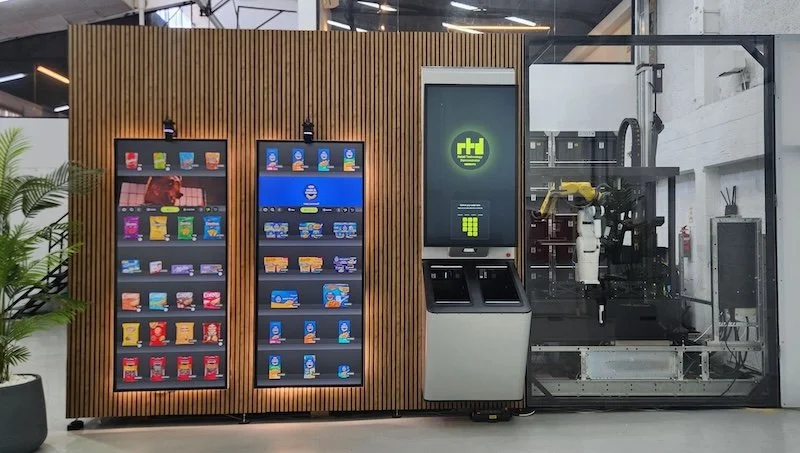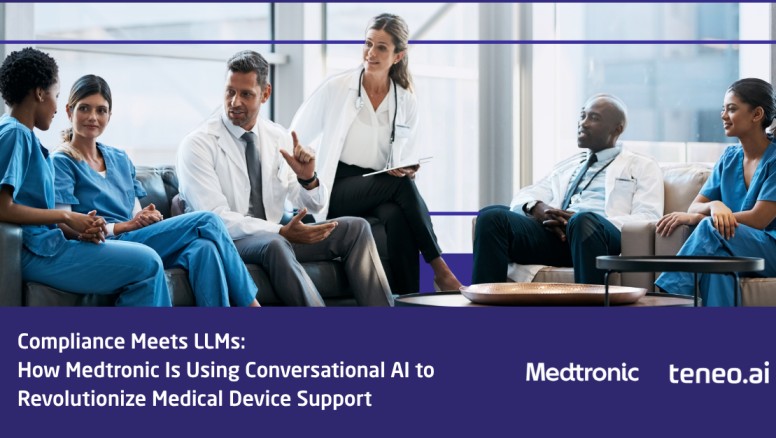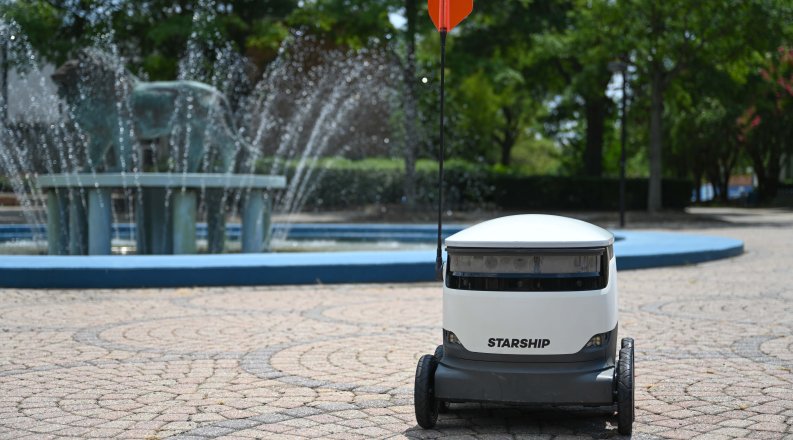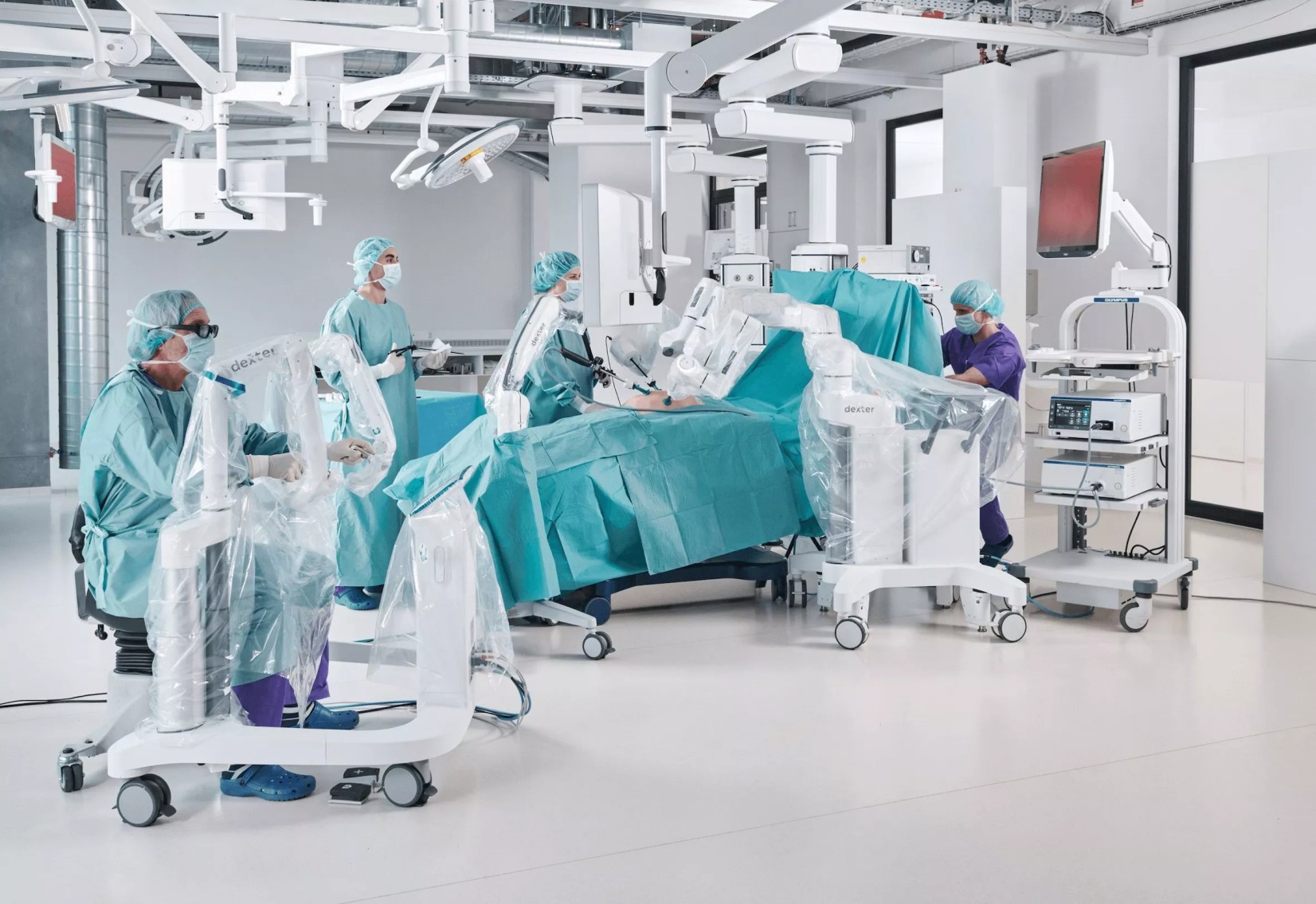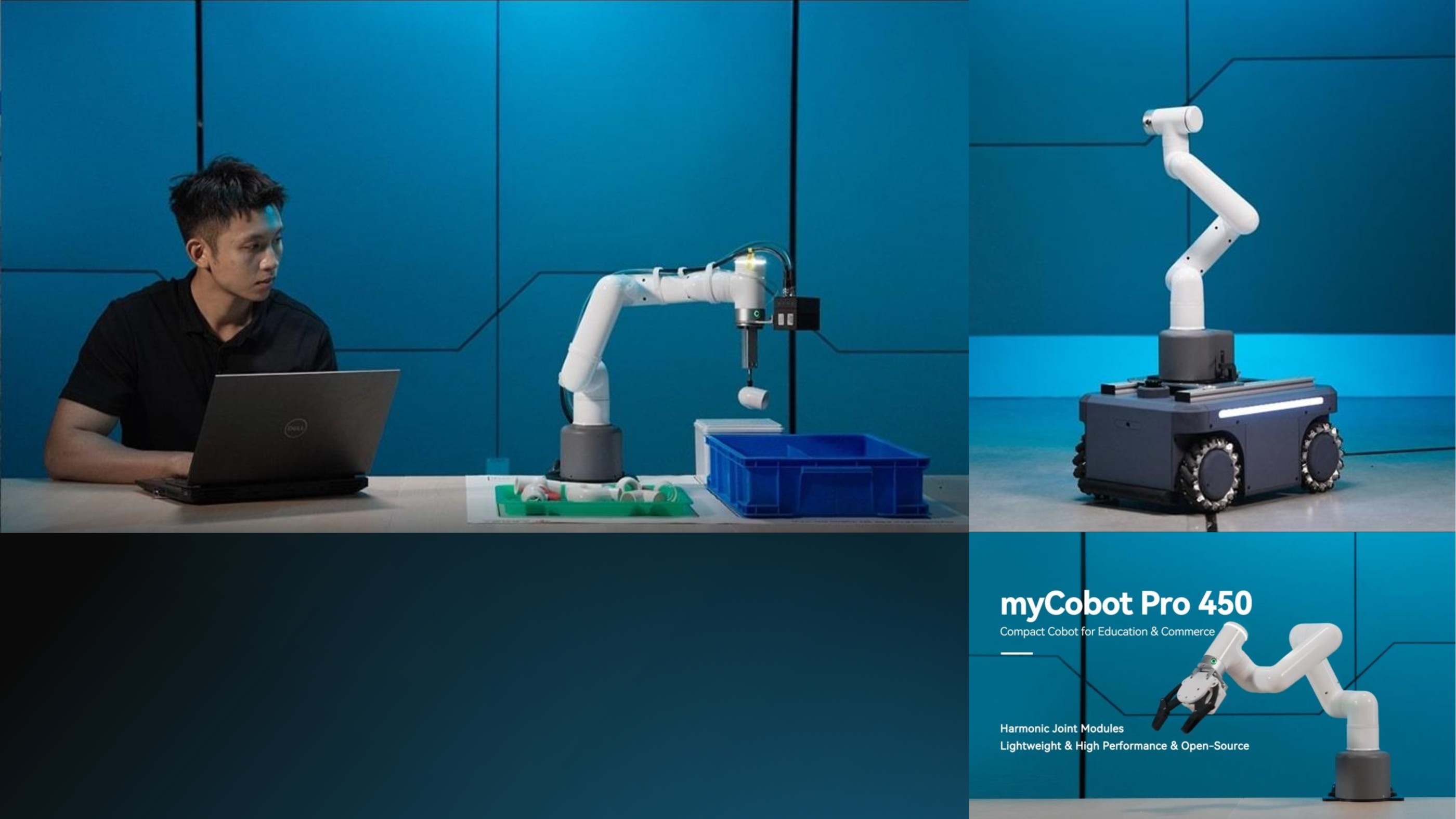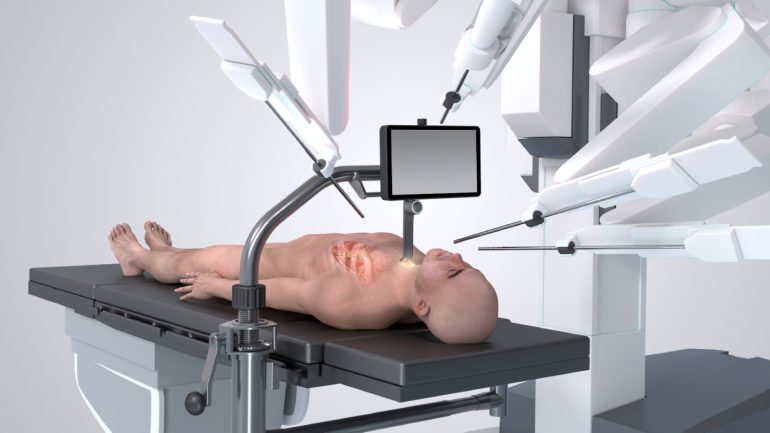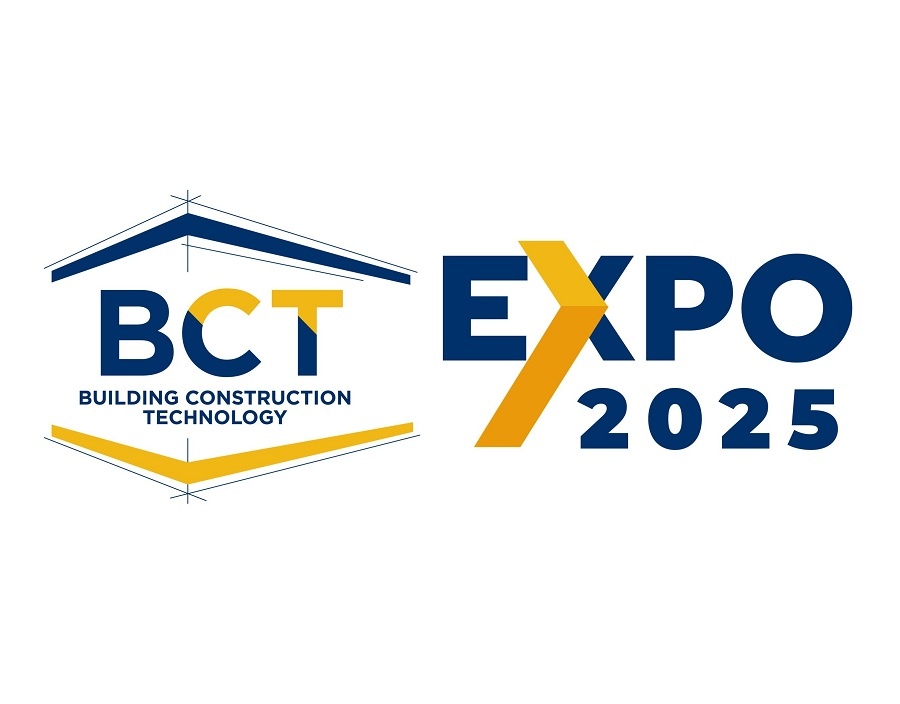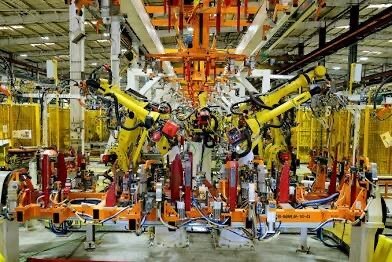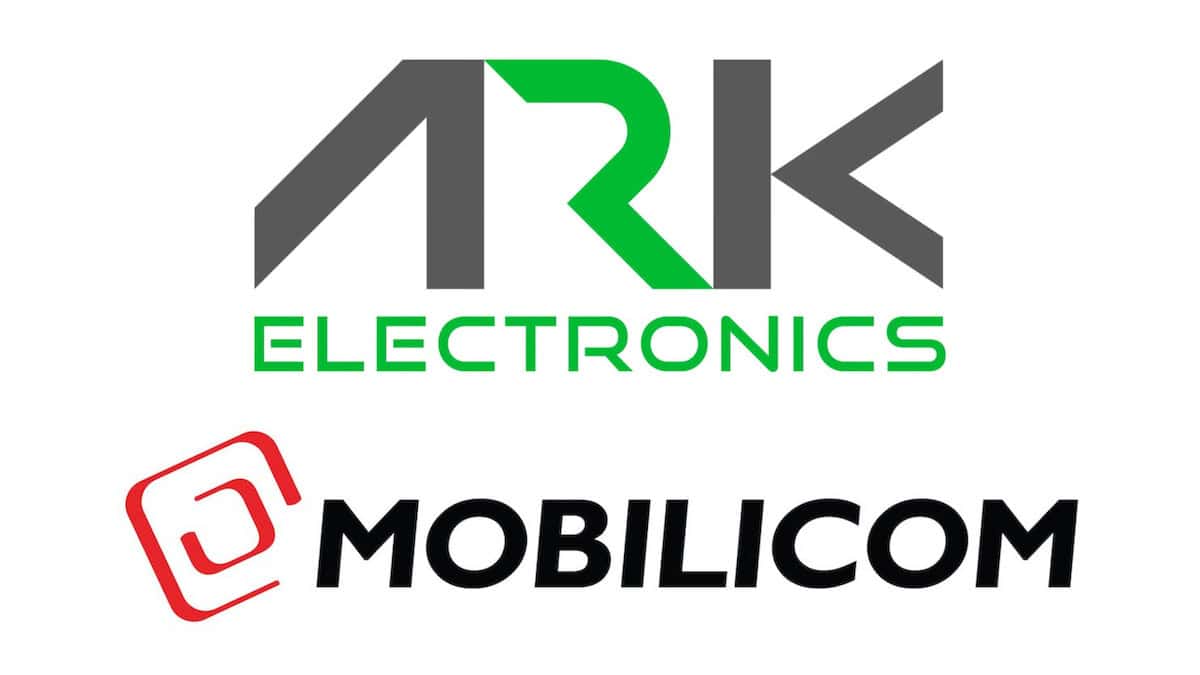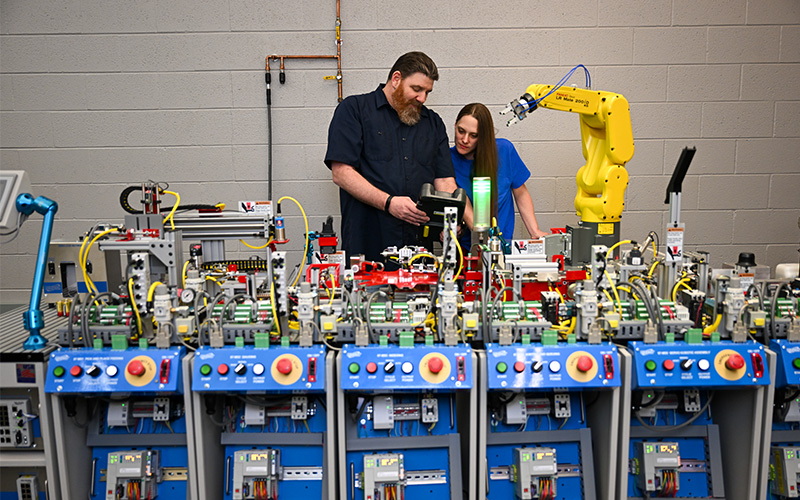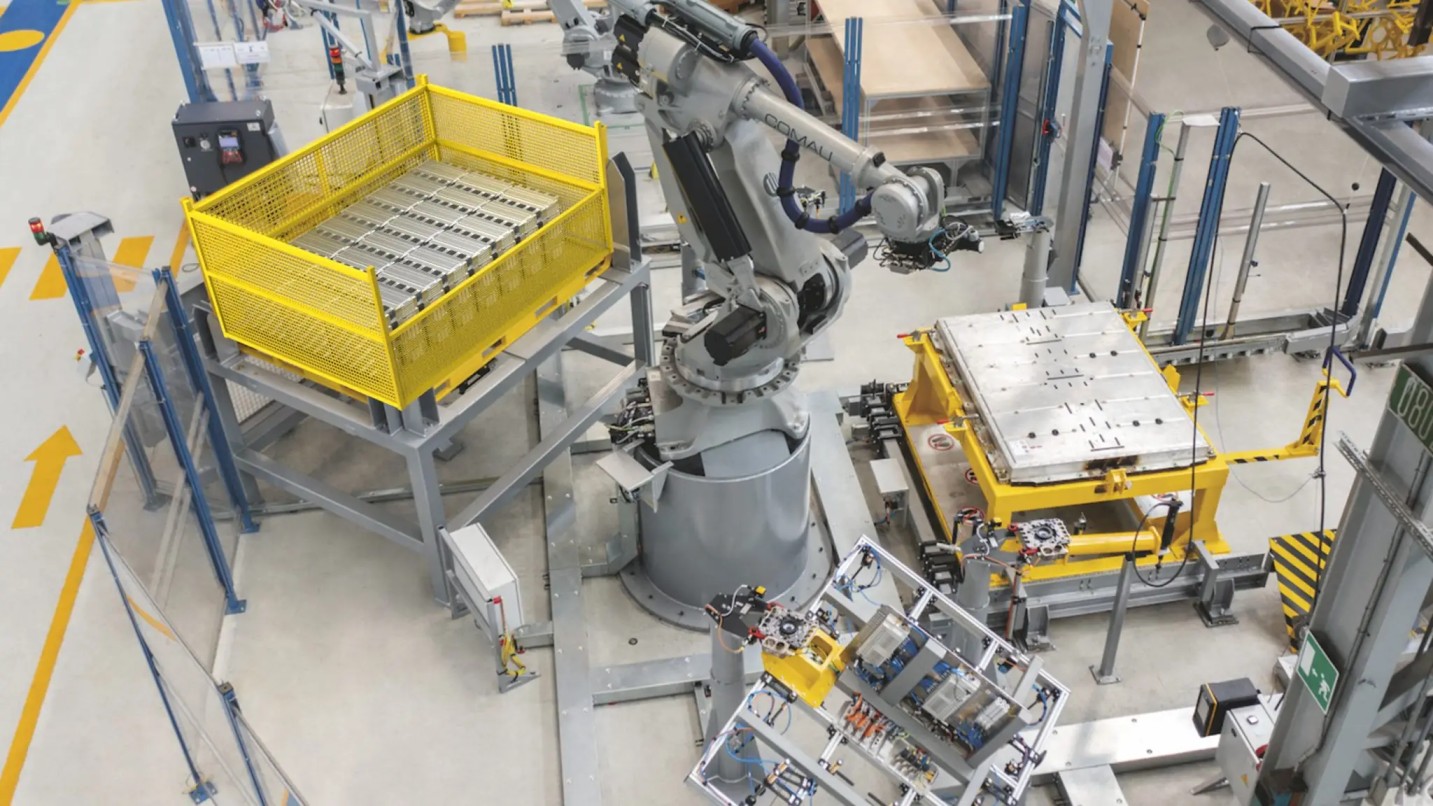Jayiesh Singh Champions Safer, Smarter Patient Transfers with AI-Powered ALTA Platform
24 April 2025 | Expert Insight
Able Innovations CEO Shares Vision for Global Healthcare Transformation, Tackling Staff Injuries and Burnout with Automated Mobility Solutions
In this exclusive interview with Robotics Business NEWS, Jayiesh Singh, CEO of Able Innovations, dives into how the company’s ALTA Platform is revolutionizing one of healthcare’s most overlooked yet critical tasks—patient transfers. Leveraging advanced AI and sensor technology, ALTA eliminates the need for multi-person teams, reducing injuries and burnout among healthcare workers while enhancing patient safety and dignity. Backed by strong industry partnerships and healthcare support across Canada, Singh outlines his ambitions to make ALTA the global standard for mobility care as the company eyes expansion into the U.S. and other aging markets.
What specific challenges in patient transfer procedures does the ALTA Platform aim to address, and how does it improve upon existing methods?
Traditional patient transfer procedures are highly manual, often requiring two to eight healthcare workers to physically exert themselves during each transfer. This exposes frontline staff to significant physical strain, contributing to musculoskeletal injuries, burnout, and long-term disability. These methods are also time-consuming and introduce inefficiencies into hospital workflows.
The ALTA Platform revolutionizes this process by fully automating lateral patient transfers at the push of a button. It minimizes the physical effort required, reduces the number of staff needed per transfer, and streamlines the workflow. The result is a safer, faster, and more dignified experience for patients, while improving operational efficiency and staff well-being for healthcare providers.
How does the ALTA Platform utilize AI and sensor technologies to ensure safe and efficient patient transfers with minimal staff involvement?
The ALTA Platform is equipped with an array of sensors and AI-driven capabilities that enable it to respond intelligently and safely to its environment. It adjusts its operation based on real-time data, such as the patient’s position, body orientation, and the type of surface they’re on, ensuring optimal alignment and support throughout the transfer process.
In addition, ALTA incorporates smart features like collision avoidance, a haptic drive mechanism for intuitive control, and an intelligent user interface designed for ease of use. These innovations enable a single operator to safely and efficiently perform complex transfers that would traditionally require a team.
What feedback have healthcare professionals provided regarding the implementation of the ALTA Platform in hospitals across Canada?
Healthcare professionals across Canada have responded positively to the ALTA Platform. Frontline workers highlight its intuitive design, reduced risk of injury, and the ability to carry out patient transfers independently. By eliminating the need to assemble multiple staff for each transfer, ALTA significantly reduces workflow bottlenecks.
Hospital leadership also emphasizes the benefits: greater staff productivity, improved patient safety, and operational efficiency. Overall, the platform is seen as a game-changer in addressing long-standing challenges in patient mobility and staff ergonomics.
How does the ALTA Platform contribute to reducing workplace injuries among healthcare workers, and what data supports its effectiveness?
Lateral transfers of immobile patients, who can weigh up to 350 lbs, are among the most physically demanding tasks in healthcare. These activities are a leading cause of workplace injuries, especially musculoskeletal disorders.
By automating the entire process, the ALTA Platform removes the need for physical lifting or repositioning, significantly reducing the risk of injury. Early deployments have shown strong indicators of improved safety outcomes, with anecdotal and observational data pointing to fewer injury reports and decreased reliance on team-based transfers.
In what ways has the collaboration with organizations like FedDev Ontario and NRC-IRAP influenced the development and deployment of the ALTA Platform?
Support from organizations like FedDev Ontario and NRC-IRAP has been instrumental in accelerating the development of the ALTA Platform. These partnerships have provided critical funding for research, development, and manufacturing, enabling us to bring a highly sophisticated, made-in-Canada solution to market.
Beyond financial support, these collaborations have facilitated the creation of valuable intellectual property and helped Able Innovations establish a foundation for future growth and commercialization.
What are the anticipated cost savings for healthcare institutions adopting the ALTA Platform, considering factors like reduced staffing needs and injury-related expenses?
ALTA Platform doesn’t aim to reduce staffing levels - it enables existing staff to work more effectively and safely. In practice, this translates to fewer injuries, lower workers’ compensation claims, and less downtime due to staff shortages or reassignments.
In certain settings, the platform may also increase patient throughput and enable procedures that would otherwise be delayed due to staffing constraints. These factors contribute to both cost savings and potential revenue generation, making ALTA a high-impact investment for forward-thinking healthcare institutions.
What are Able Innovations' plans for expanding the ALTA Platform's reach beyond Canada, and how do they envision its role in the future of global healthcare?
Able Innovations envisions the ALTA Platform becoming the new global standard for safe and efficient patient transfers. As the aging population drives increased demand for healthcare services, particularly in developed nations, the need for automated solutions like ALTA will only grow.
Our next expansion target is the U.S. market, where healthcare systems face similar challenges around staffing, workplace safety, and patient dignity. Beyond North America, we see significant opportunities in aging markets such as Japan and Germany. Our goal is to redefine how patient mobility is managed in hospitals and long-term care facilities around the world.




